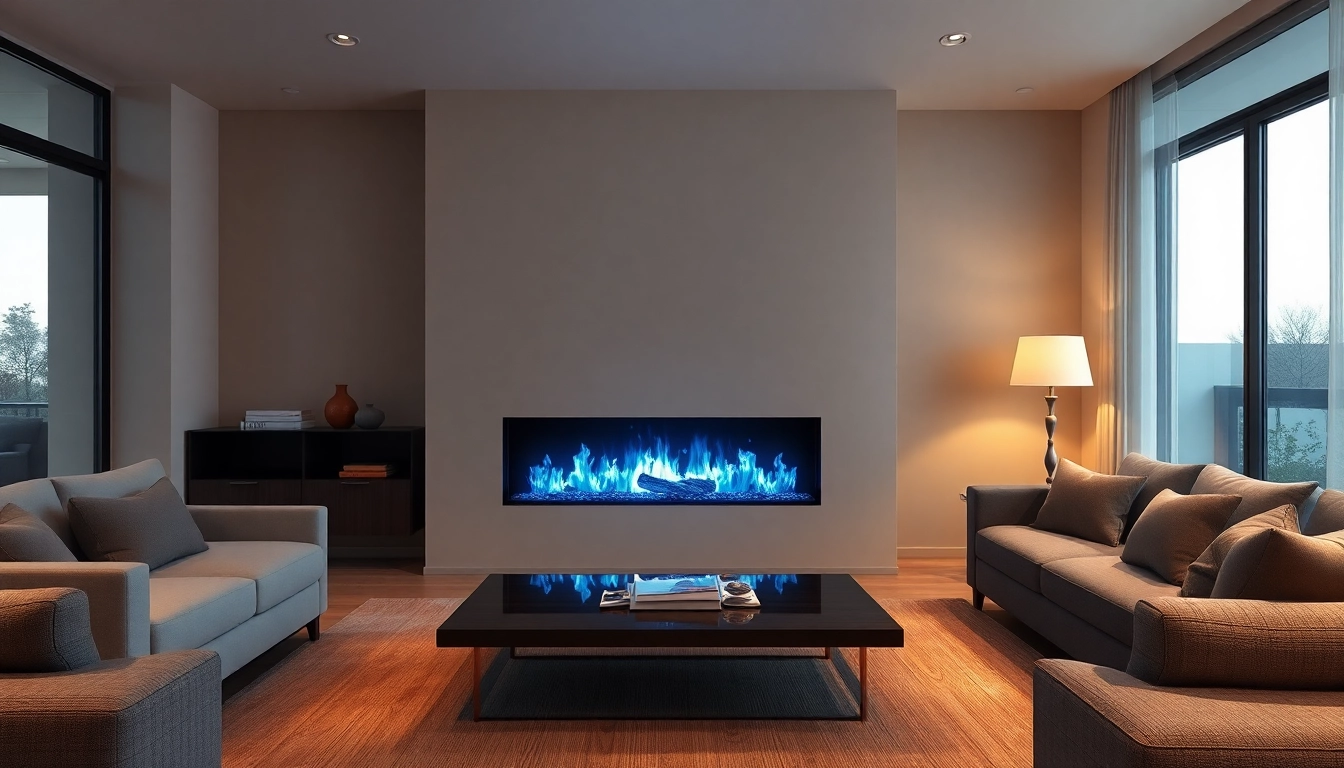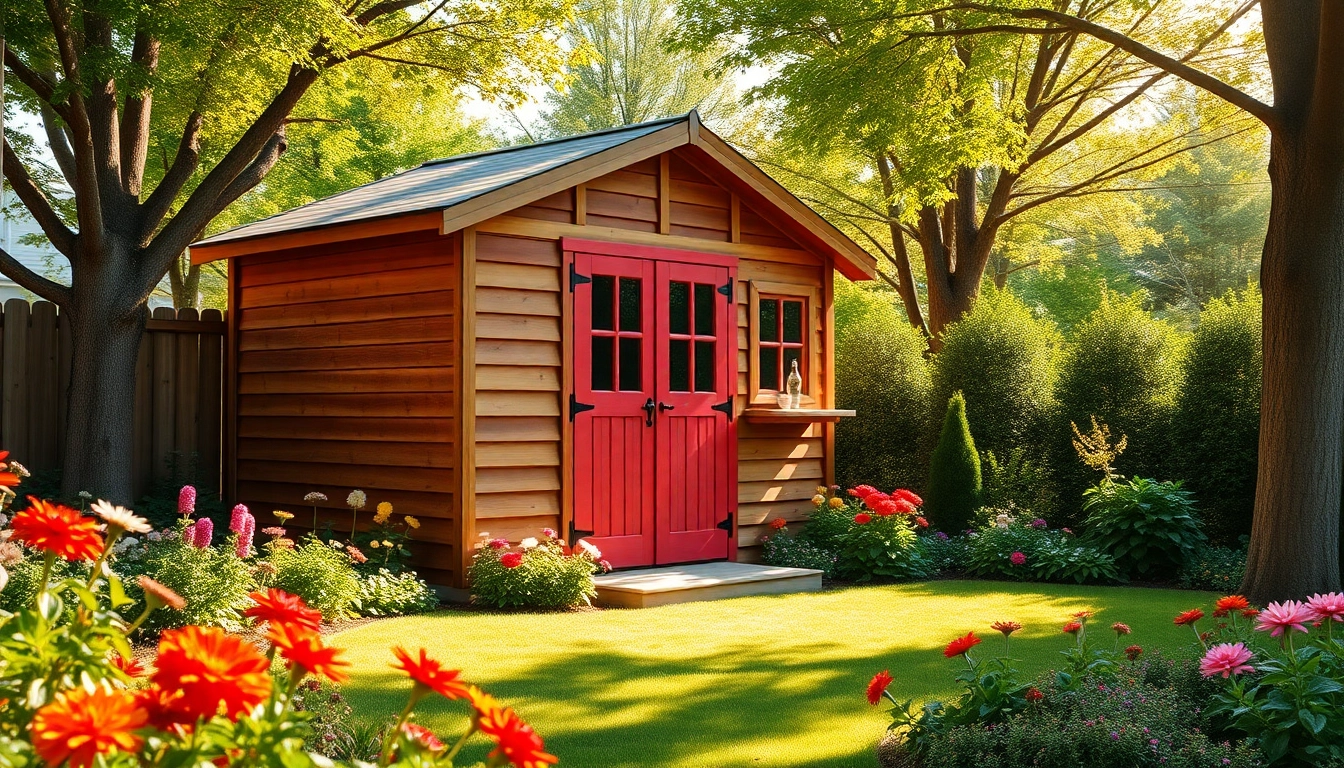Introduction to Water Vapor Fireplaces
As modern homeowners seek innovative and environmentally friendly alternatives to traditional heating solutions, water vapor fireplaces have emerged as a popular choice. These electric fireplaces replicate the nostalgic warmth of a traditional fireplace without the safety concerns associated with open flames. Using cutting-edge technology to simulate flame effects, these fireplaces provide aesthetic beauty while prioritizing safety and convenience.
What is a Water Vapor Fireplace?
Water vapor fireplaces are electric appliances that create the illusion of real flames through the use of ultrasonic technology. Unlike conventional fireplaces, these devices do not produce actual fire or heat, making them safe for any environment, including homes with children or pets. The flames are generated by fine mist combined with colored LED lighting, resulting in a three-dimensional lifelike flame effect.
How Water Vapor Fireplaces Work
The technology behind water vapor fireplaces relies on a series of intricate components that work together to produce the stunning visual effect. When the device is powered on, an ultrasonic transducer vibrates at a high frequency to create a fine mist from the water in the reservoir. The combination of this mist and strategically placed LED lights project a flickering flame-like appearance, capable of mesmerizing anyone who gazes upon it. This process not only minimizes heat output but also eliminates the harmful emissions typically associated with burning fuels.
Key Benefits of Using Water Vapor Fireplaces
Water vapor fireplaces hold several advantages that make them an attractive option for homeowners:
- Safety: Without real flames, there is a significantly reduced risk of accidental fires, making them ideal for homes with children and pets.
- Environmental Impact: These fireplaces do not produce emissions, ensuring cleaner air quality within the home.
- Ease of Installation: Most models require minimal setup; they can often just be plugged into an outlet without any need for a chimney or gas line.
- Year-Round Aesthetics: They provide a visually stunning ambiance, making a room cozy without the associated heat.
Choosing the Right Water Vapor Fireplace
Factors to Consider Before Purchase
When selecting a water vapor fireplace, several factors should be taken into account: the size and layout of your space, your aesthetic preferences, and your budget. Consider whether you want a built-in model, which integrates into your existing decor, or a freestanding option that can be moved easily. Additionally, evaluate the device’s features, such as adjustable light intensity, mist control, and sound effects that can enhance the illusion of flames.
The Importance of Size and Style
Choosing the appropriate size and style is crucial for ensuring that your water vapor fireplace complements your living space. Measure the area where you intend to place the fireplace and consult the specific dimensions of available models. Design-wise, these fireplaces come in various formats – from sleek contemporary designs to more traditional appearances that mimic classic hearths. The right choice will harmonize your fireplace with the overall aesthetic of your home.
Brands and Models to Explore
Numerous brands specialize in water vapor fireplaces, each offering a range of models with unique features:
- Aquafire: Known for their advanced technology and customization options.
- Dimplex: Offers reliable models that incorporate realistic flame effects and high energy efficiency.
- Modern Blaze: Provides fireplaces that emphasize safety and environmental consciousness.
- Almira: A rising brand with stylish designs and user-friendly interfaces.
Installation and Maintenance Tips
Steps to Install Your Water Vapor Fireplace
Installing a water vapor fireplace is typically straightforward. Here are some key steps to guide you:
- Read the Manual: Always start by reviewing the manufacturer’s instruction manual for specific installation guidelines.
- Choose a Location: Select a suitable area that meets electric and safety requirements.
- Set Up the Unit: Position the fireplace and securely attach any mounting brackets if necessary.
- Connect the Water Source: If your model requires a water supply, connect it according to the manufacturer’s specifications.
- Plug It In: Finally, plug the unit into a standard electrical outlet and turn it on to test functionality.
Regular Maintenance for Optimal Performance
For your water vapor fireplace to function effectively, adhering to a maintenance routine is essential. Recommendations typically include:
- Regularly checking and refilling the water reservoir to ensure proper mist generation.
- Cleansing the fog output nozzle to prevent mineral buildup, especially if you use tap water.
- Dusting and cleaning the exterior regularly to maintain its aesthetics.
- Inspecting the electrical components and connections periodically to ensure safety and performance.
Common Troubleshooting Issues
While water vapor fireplaces are generally reliable, users may face occasional issues. Common troubleshooting tips include:
- No Mist Production: Check if the water reservoir is filled, and ensure that the ultrasonic transducer is functioning correctly.
- Flame Appearance Issues: Adjust the light settings or clean the display components to enhance visibility.
- No Power: Ensure the unit is plugged in and check the circuit breaker for any tripped switches.
Safety Features of Water Vapor Fireplaces
Understanding the Safety Mechanisms
Safety is a primary concern for many homeowners, especially when it comes to fire-related products. Water vapor fireplaces incorporate several safety features, including:
- Auto Shut-Off: Most models are equipped with a shut-off mechanism that activates when the water reservoir is empty. This feature prevents damage to the unit and reduces the risk of malfunction.
- Cool-to-Touch Exterior: Unlike traditional fireplaces, the exterior surfaces of these units remain cool, minimizing burn hazards.
- Stable Base: Many designs include a wide base or additional securing measures to prevent tipping.
Why They Are Safe for Children and Pets
Because water vapor fireplaces do not generate real flames or excessive heat, they create a safe environment for families with children and pets. The absence of harmful emissions and the cool surfaces contribute to a worry-free setting where ambiance and safety coexist harmoniously.
Environmental Impact and Emission Benefits
The environmental benefits of water vapor fireplaces extend beyond their non-emissive operation. They utilize water as a fuel source, which contributes to increasing humidity levels in a room, potentially benefiting respiratory health. By opting for a vapor fireplace, users can enjoy a beautiful flame effect without contributing to air pollution or environmental degradation.
Conclusion
Recap of Water Vapor Fireplaces’ Advantages
In summary, water vapor fireplaces offer numerous benefits, including safety, environmental sustainability, and ease of use. They present a stylish alternative to traditional fireplaces, providing visual warmth without the associated risks and challenges.
Final Thoughts on Enhancing Your Home
Investing in a water vapor fireplace can significantly enhance both the aesthetic and functional aspects of your home. With their mesmerizing flame effects and practical features, they serve as a focal point in living spaces, offering comfort during gatherings or quiet evenings.
Encouragement to Make an Informed Decision
As you consider adding a water vapor fireplace to your home, take the time to research and evaluate the various options. By understanding the technology, benefits, and maintenance requirements, you can choose a model that perfectly aligns with your lifestyle and living space. Embrace this innovative heating solution as a step toward a more sustainable and visually pleasing home environment.



